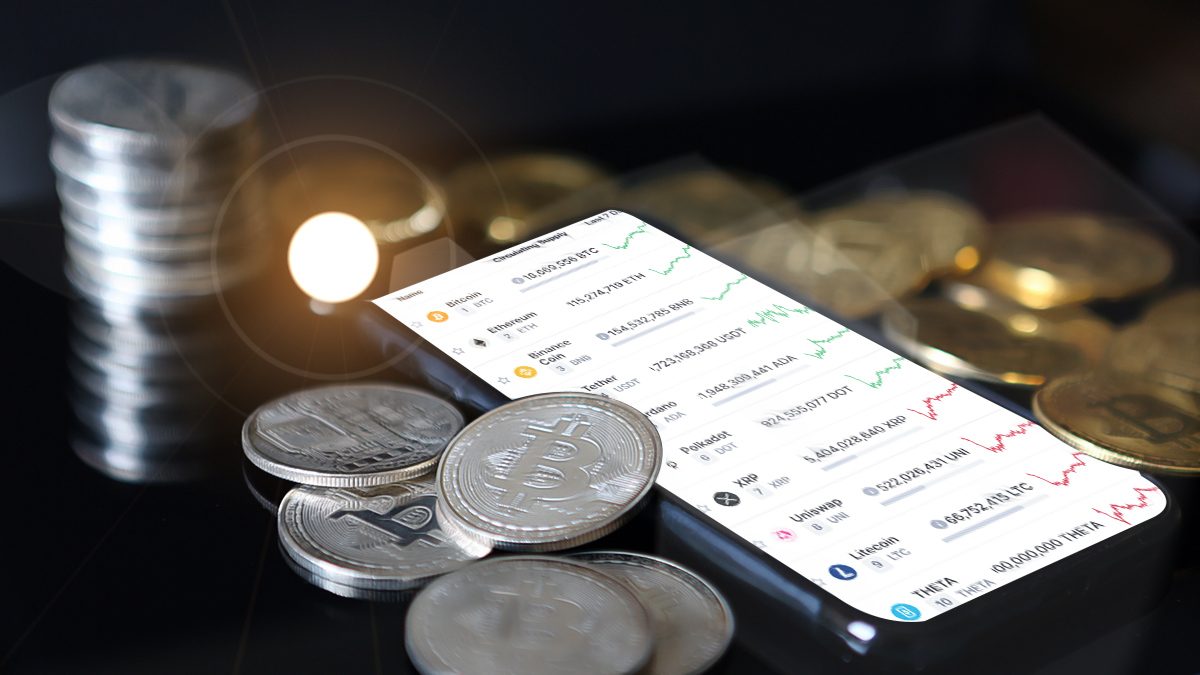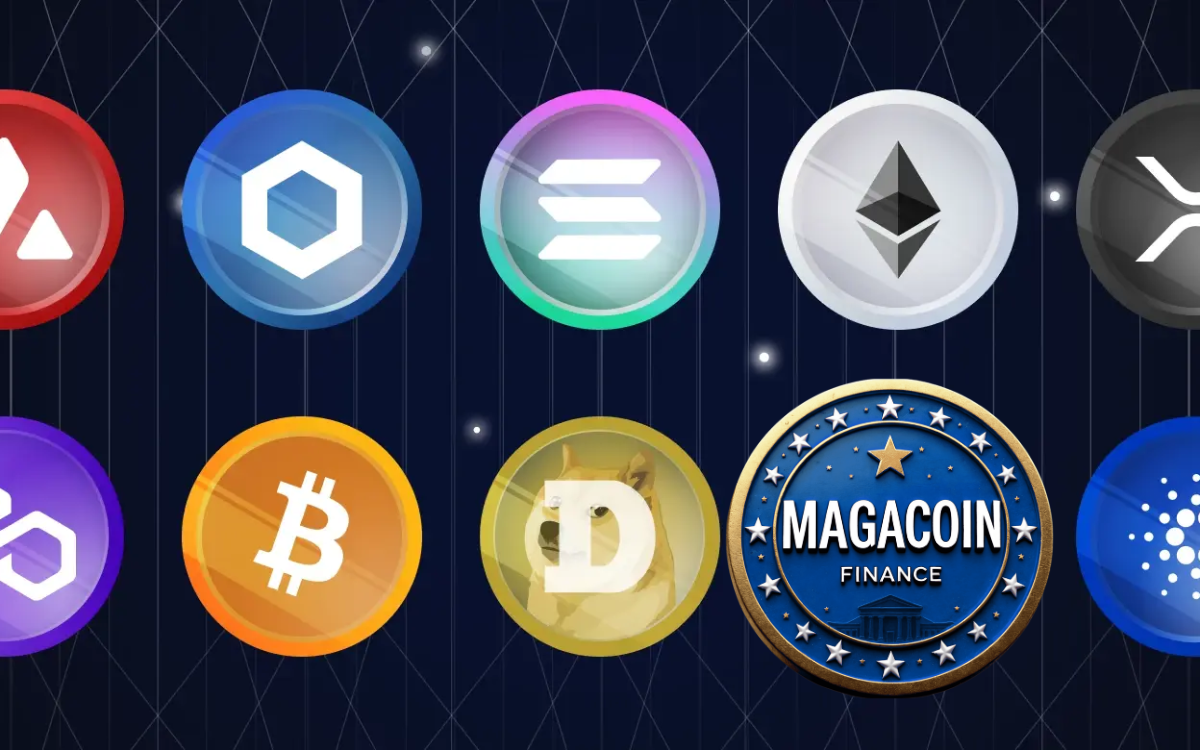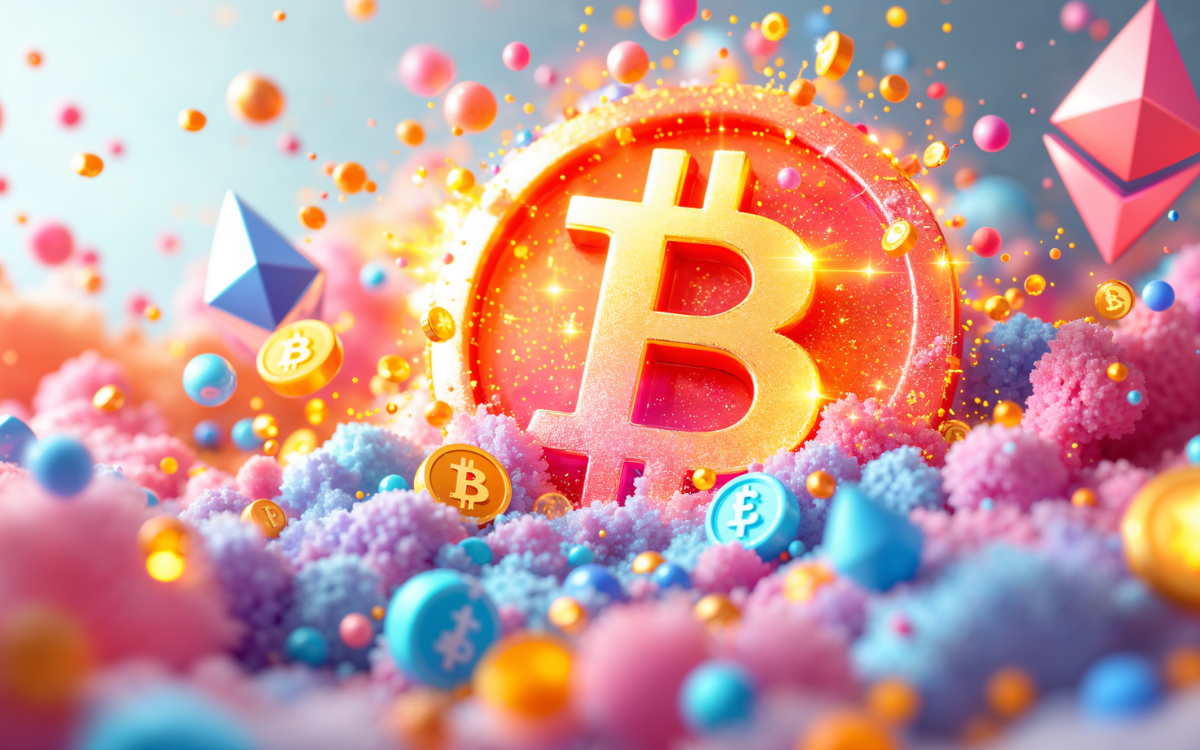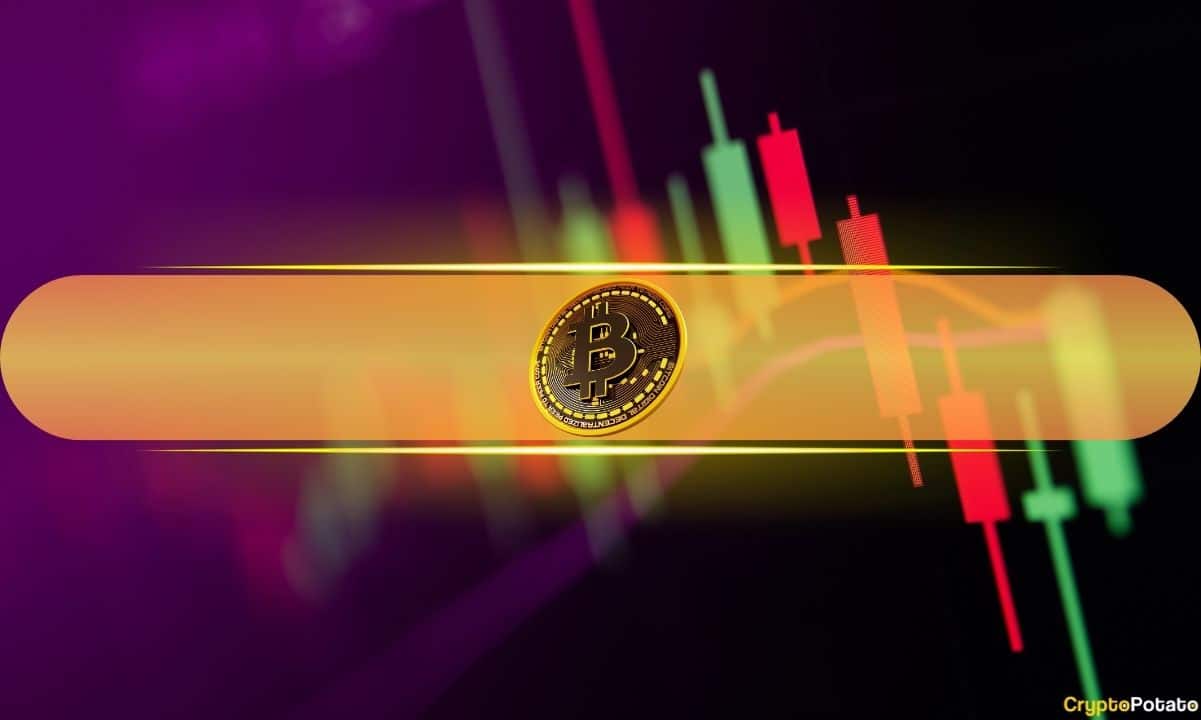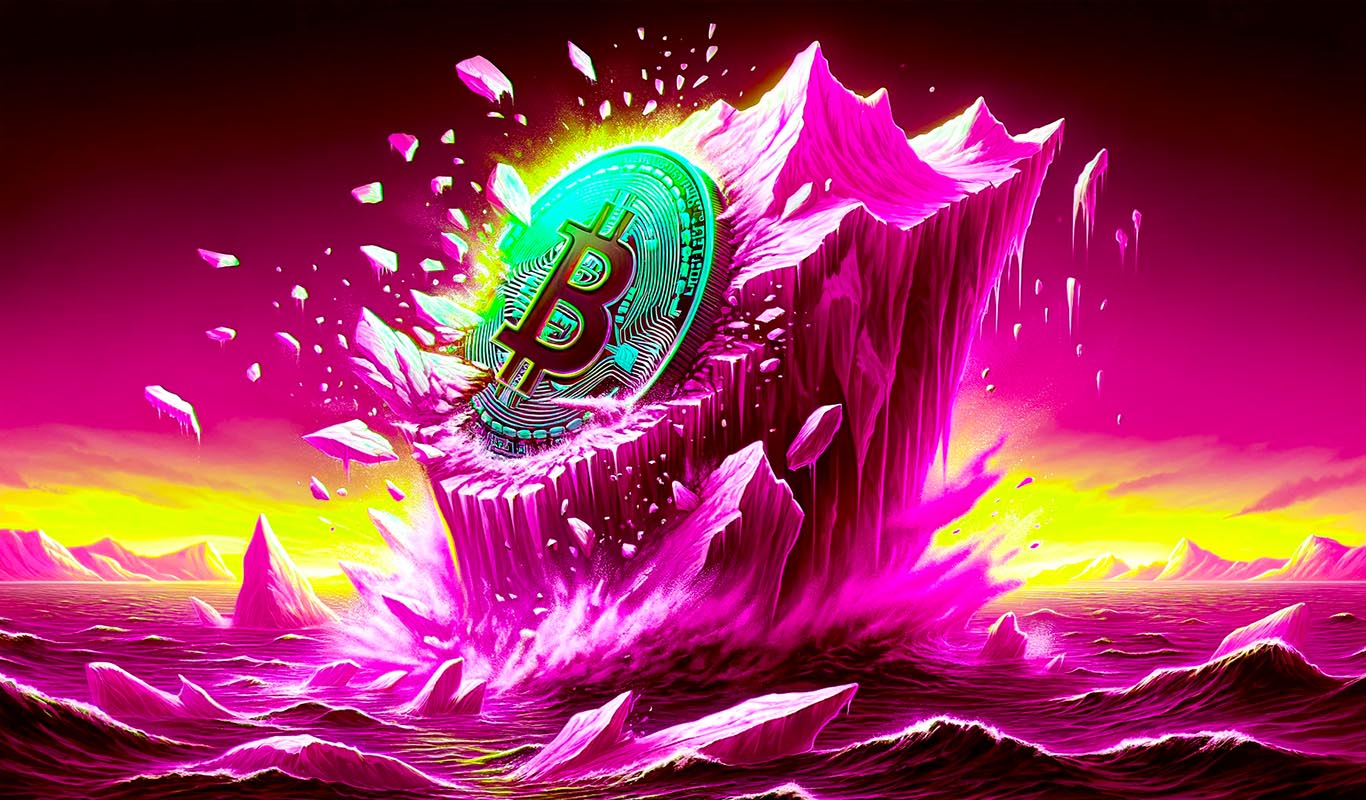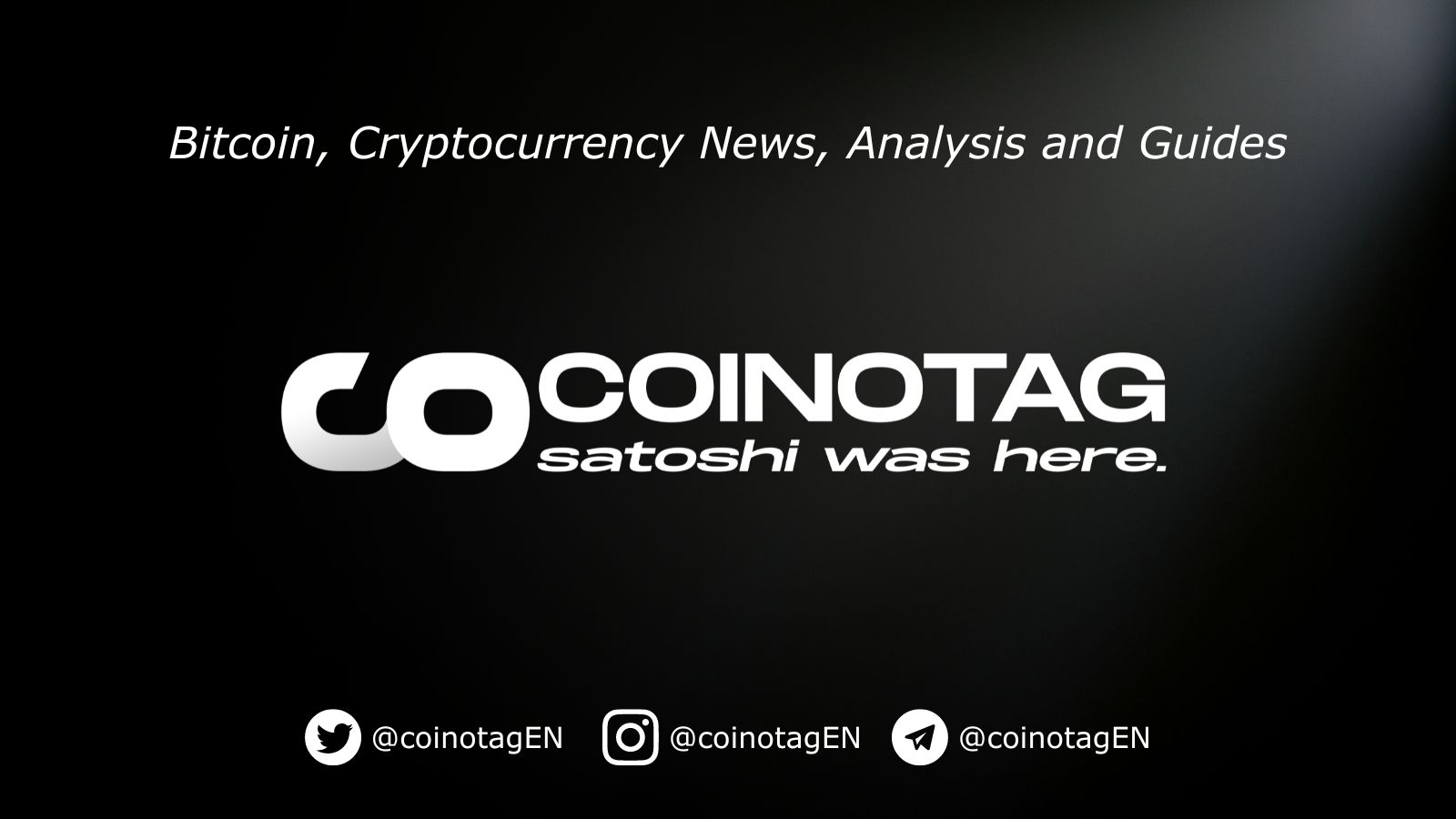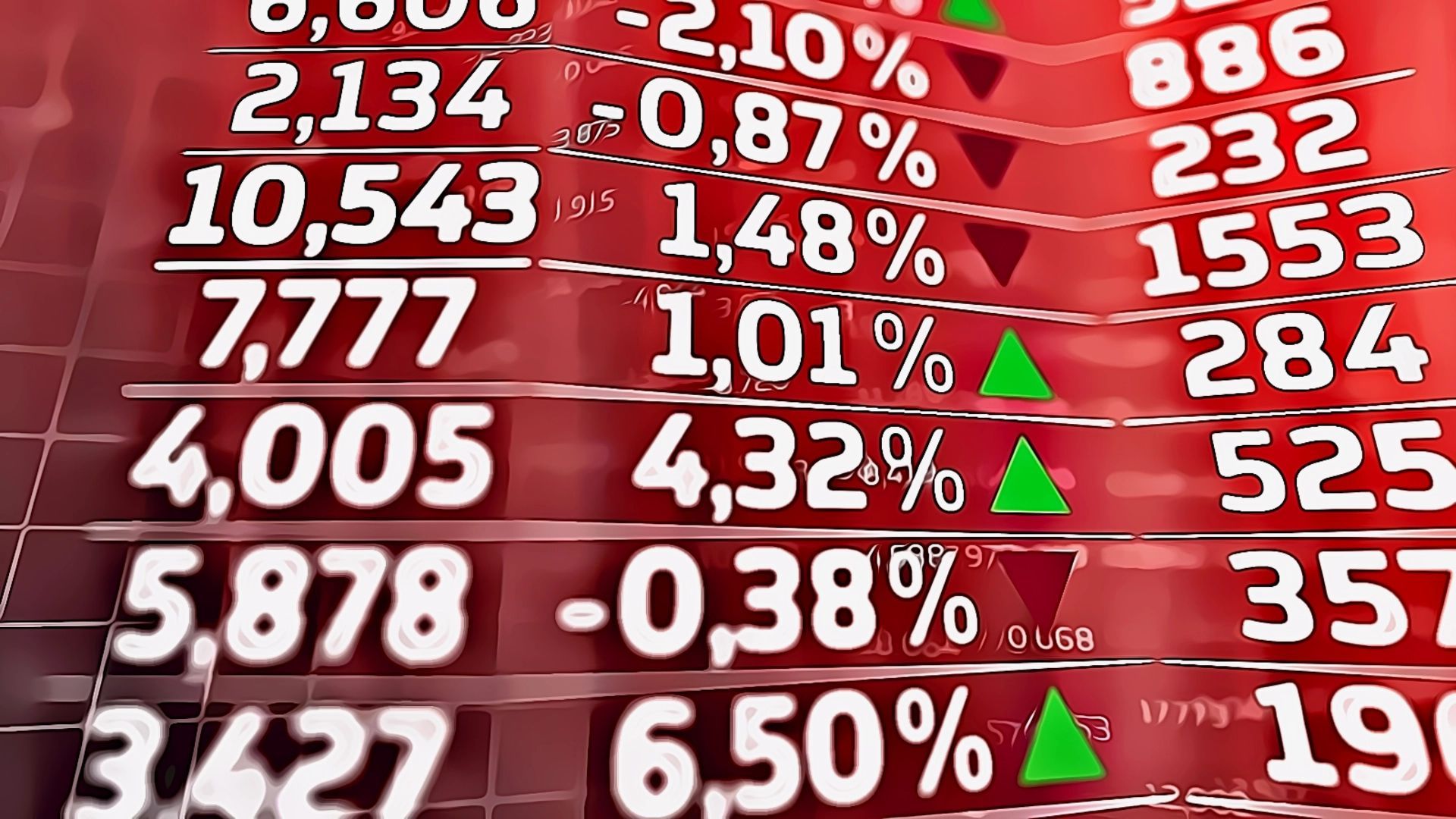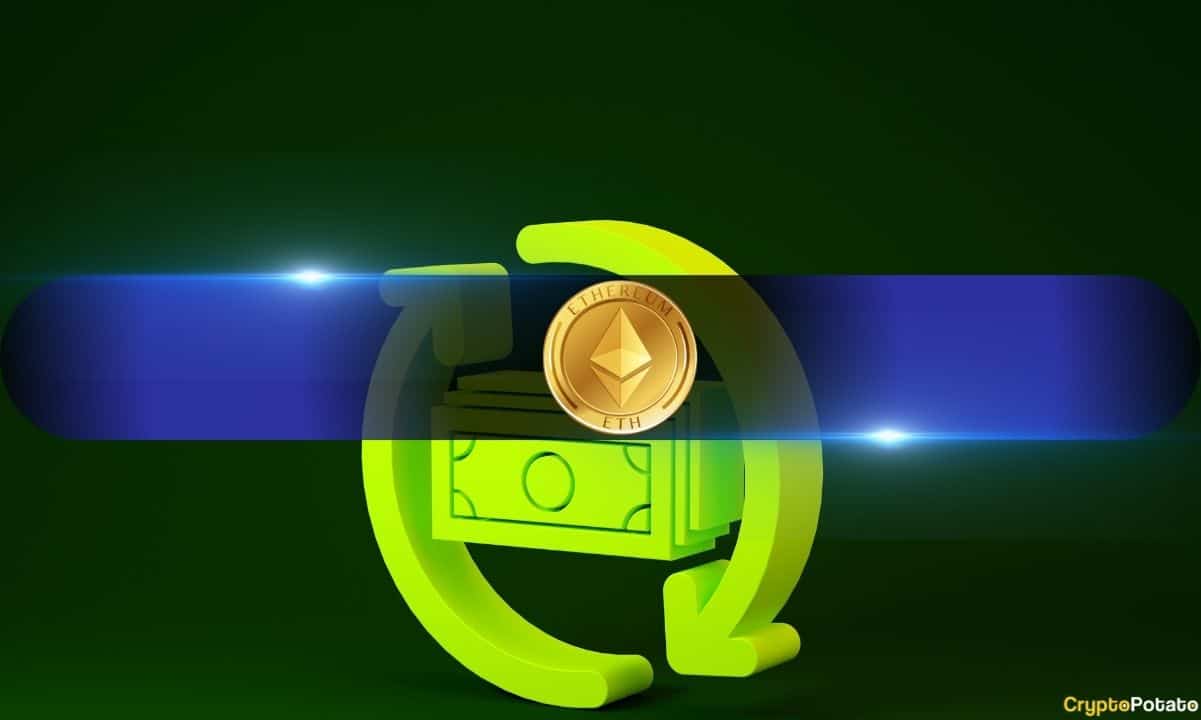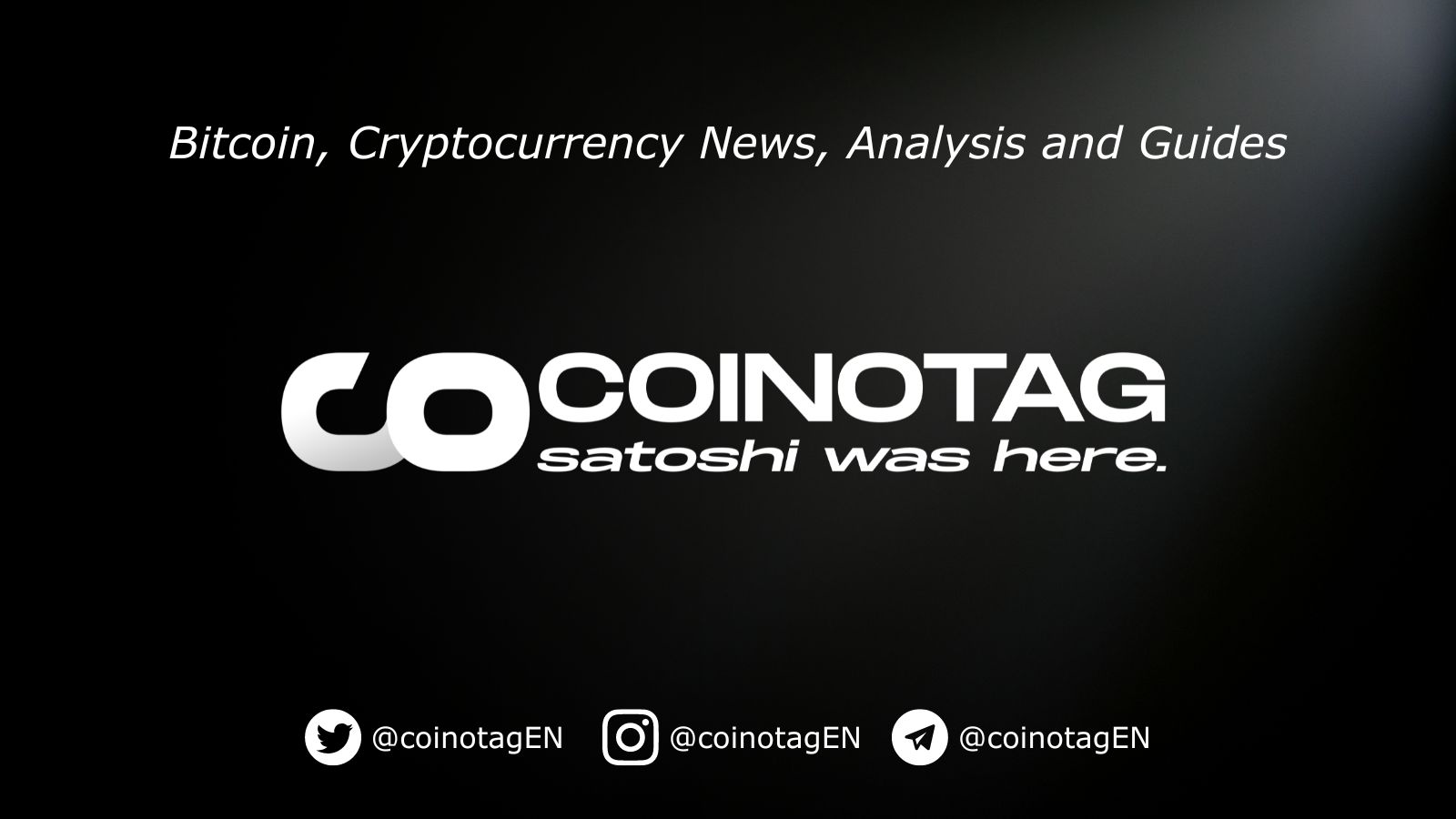
On Saturday, the global cryptocurrency market cap ticked up 0.53%, landing at $2.68 trillion. Over the past week, both ethereum and bitcoin showed little change, with bitcoin inching ahead 0.3% and ethereum slipping 2.4%. Around eight digital assets notched double-digit gains during the seven-day run. OM Down 90%, MOVE and SPX Retreat Over 20% as
Bitcoin.com
You can visit the page to read the article.
Source: Bitcoin.com
Disclaimer: The opinion expressed here is not investment advice – it is provided for informational purposes only. It does not necessarily reflect the opinion of BitMaden. Every investment and all trading involves risk, so you should always perform your own research prior to making decisions. We do not recommend investing money you cannot afford to lose.
Blur Continues Monthly Token Unlocks as $340M Worth of $BLUR Hits Market

In keeping with its established token release schedule, Blur has moved another big batch of $BLUR tokens into the market. This month, 23.8 million $BLUR tokens—worth about $2.3 million—were sent to Coinbase Prime, the institutional arm of the crypto exchange. The transfer is the latest installment in Blur’s monthly token unlock cycle, which began in mid-2023 and has since become a key factor in the token’s price behavior and circulating supply. Blur began its token unlock process on June 15, 2023, as part of a larger plan to very slowly and very deliberately bring its full token supply into circulation. Since then, the project has set free a little over a third of its total $BLUR token supply—about 1.068 billion tokens (35.6%). Each batch of unlocked tokens has been sent off to Coinbase Prime, which very much suggests that Blur is making these tokens available for trading on the open market. The resulting unlocked tokens had a mind-boggling combined valuation at the point of transfer of an enormous $340 million. This really highlighted the unlock operation’s scale and made us rethink the token’s present-value proposition. But alas, here we are: the token’s trading value today is at $0.096, with the average transfer price being, by my estimate, around $0.318. 一月一解锁的 Blur 在 1 小时前将本月解锁的 2380 万枚 $BLUR ($2.3M) 转进 Coinbase Prime。 Blur 自 2023/6/15 进入解锁周期以来,已经解锁了 35.6% 总量的 BLUR (10.68 亿枚) 并转进 Coinbase Prime 进入市场流通。 以解锁转出时的价格计算,价值 $3.4 亿。转出平均价 $0.318,而 BLUR… https://t.co/rcxFGzufcb pic.twitter.com/MZCGF6E16y — 余烬 (@EmberCN) April 18, 2025 Token Unlocks Pressure Market as Prices Slide The average unlock price compared to the actual market price is getting larger. This emphasizes investor concern. Many in the community argue that the price going down is a direct result of too many unlocked tokens being dumped on the market. We have done quite a few unlocks now, and every one of them is basically creating a supply increase in the market. This is happening alongside demand that hasn’t really picked up in a major way. Blur’s strategy for unlocking tokens closely mirrors a familiar crypto project playbook—gradually releasing tokens held by teams, investors, and communities in a way that (ideally) avoids sudden supply shocks. In practice, though, scheduled unlocks can create problems for a project and its token, particularly in a bear market, or when demand just can’t keep up with new supply. They’re a kind of necessary evil in crypto, a way to ensure the people and institutions that helped make a project happen get compensated for their unpaid work and that the project doesn’t just fall apart. More than one-third of the total $BLUR supply has already been unlocked and is now in circulation, so the next phases of this release schedule have market participants’ full attention. If the trend seen so far continues, significant additional volumes of $BLUR will make their way into the markets over the next few months. The result could be a supply-induced downturn unless the markets can come up with some fresh $BLUR demand or supply-side use cases to absorb the unlocked tokens. Blur, which has zeroed in on NFT marketplace aggregation and DeFi tools, accumulated a lot of hype upon launch and during its early operations. But as the crypto world changes and the speculative juices dry up, it’s become tougher for the company to keep pumpin’ up investor interest and the value of its token. Blur remains busy running its unlock schedule, which is coming off with what seems to be lots of transparency and consistency. What does this mean for long-term holders of the token? Well, it may be a bit mixed. For institutional players, the predictable inflow of liquidity seems to be coming off fine and dandy, especially with its conjoined partner, Coinbase Prime. Market prices, however, don’t seem to be validating the token as retail investors and early adopters of this space who have bought in seem to be feeling the pinch. The path forward for $BLUR may rely tremendously on how Blur’s main offering and community develop. More usefulness, more platform users, or a revival in the NFT market could all steady or reverse the token’s present course. Until that day, the Blur ecosystem has to make sure that it doesn’t too freely expand liquidity. If it does, value could start drifting down, and a down market for any token is a distant cousin to the cash cows we do stables in Web3. Disclosure: This is not trading or investment advice. Always do your research before buying any cryptocurrency or investing in any services. Follow us on Twitter @nulltxnews to stay updated with the latest Crypto, NFT, AI, Cybersecurity, Distributed Computing, and Metaverse news ! Image(s): Shutterstock.com Bitcoin.com

Stablecoins Signal Risk-Off Shift Amid Slowing Supply Growth
For a long time, stablecoins have been the backbone of the digital asset ecosystem. They are essential to crypto’s liquidity landscape, providing the sorts of dollar-pegged assets that facilitate trades and offer safety in otherwise volatile markets. But of late, they’ve been looking a bit less stable—and for a few pretty plausible reasons. #Stablecoin supply growth remains positive but has softened in recent weeks. As stablecoins serve as core quote assets across crypto markets, this slowdown adds further evidence of a broad contraction in digital asset liquidity and a more risk-off environment. pic.twitter.com/2ccBnwsSzp — glassnode (@glassnode) April 17, 2025 As almost every crypto exchange and trading pair, stablecoins like USDT, USDC, and DAI, have core quote assets. These assets signal capital movement and sentiment. When the supply of these assets is rising, it almost always indicates that an influx of fresh capital is coming into the space and is ready to be deployed into some of the riskier assets. At times when capital isn’t flowing into the forced reserve stablecoins, we can assume that investors are either pulling capital from the space or sitting in the space waiting for clearer market signals. The recent slowdown in stablecoin supply expansion, while subtle, is adding to accumulating signs that the wider crypto market might be entering a more prudent phase. After a year that was 2024—speculatively by the main meme coin manias, AI token rallies, and a deluge of fresh on-chain projects—that part of the crypto world seemed more like the deep, blue sea than the promising surf zone. And this is not to even mention at the turn from late 2024 into early 2025 and what might happen to crypto price action and trading volume if the Fed persistently keeps interest rates high. #Stablecoin transaction volume surpassed Visa`s payment volume for the first time in 2024 in 2024, according to reports. pic.twitter.com/qLJH5Lg5iH — Christiaan (@ChristiaanDefi) April 17, 2025 Stablecoins Outpace Visa in Transaction Volume Even with this growth slowdown, stablecoins’ influence in international finance appears to be gaining. Reports suggest that, for the first time ever, stablecoins cleared more in payments than the Visa network does in a year. That’s quite a milestone for an asset class that many in traditional finance still view as a bit of a wild child. But what’s happening here isn’t just a crypto thing. This is also about transactions based on U.S. dollars, and stablecoins clearing payment volumes in a dollar-dominated world. Tether (USDT) has seen a 13% increase in users in Q1 2025, showcasing its role as a key financial tool in developing countries facing economic challenges. More info https://t.co/S5T6AnqxoQ #Crypto #Investment #USDT #Stablecoin #Finance — Cobak (@CobakOfficial) April 15, 2025 Fast, low-cost and borderless transactions—that’s what you get with stablecoins. This makes them a not-so-secret weapon for not just traders but also businesses, remittance platforms, and individuals wandering through the financial desert of unstable monetary policy. These dollar-backed digital currencies are part of a shift that threatens to take a huge bite out of the payment systems operated by traditional banking giants. Among all stablecoins, Tether (USDT) remains the forerunner in adoption. In the first quarter of 2025, USDT had a user base that increased by 13%—that is, a significant leap that indicates growing usefulness in the very sort of places where its sort of decentralized functionality is most desired: developing nations. Those from the developed world who are poor and who are told they might as well stay poor are increasingly using Tether to shield themselves and their families from the sorts of things that make a currency unstable, inflation guaranteed, and financial system collapse all but certain. The expanding utility places stablecoins at a unique intersection of the crypto innovation and real-world financial resilience. While the speculative use cases may ebb and flow, the demand for stable, accessible, and censorship-resistant money remains persistently strong, especially in places where conventional finance fails. But, the macroeconomic headwinds we encounter don’t just blow against stablecoins; they blow against the whole crypto market and the whole economy. A sustained recession or series of negative quarter-on-quarter GDP reports (which can sometimes happen) can lead to memories of the Great Depression. These are waters the whole crypto market is trying not to tread. The worry among stablecoin issuers is that regulators may restrict the amount of cash that can back a stablecoin. However, a recent report from the International Monetary Fund notes that funds held at banks may not be enough to back all the stablecoins in circulation. If that’s the case, stablecoins are at another near-death experience. However, at present, stablecoins exemplify how crypto can shake up and make financial systems more accessible. Stablecoins were in the Digital Dollar 1.0 phase. They now meditate on what the next phase looks like. That is why they are here, reading from the same hymnal but acknowledging in their different ways that the agenda must change. In the coming year, the market will be observing intently to determine if the ascent of the stablecoin supply will once again gather steam—or if this most recent cool-off is a sign of a much longer withdrawal stretching over the whole crypto realm. Disclosure: This is not trading or investment advice. Always do your research before buying any cryptocurrency or investing in any services. Follow us on Twitter @nulltxnews to stay updated with the latest Crypto, NFT, AI, Cybersecurity, Distributed Computing, and Metaverse news ! Bitcoin.com

